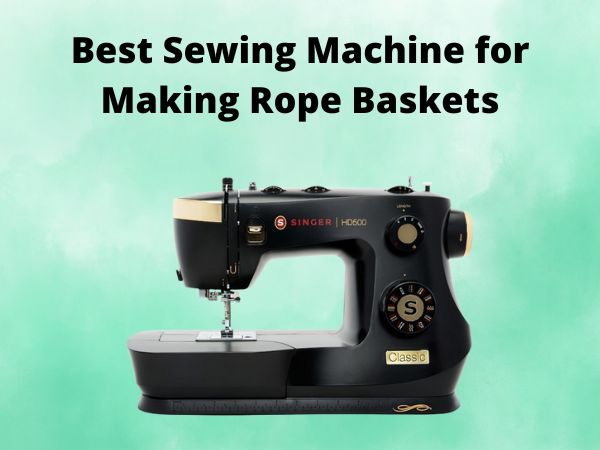How to Adjust Bottom Tension on Brother Sewing Machine [Accurately]
If you’ve ever faced uneven stitches or strange loops on your sewing projects, chances are you’ve encountered the tension troubles that every sewing enthusiast dreads. Let’s face it—sewing can sometimes feel like a delicate orchestra where every component must be perfectly tuned. Today, we’re diving into how to adjust the bottom tension on your Brother sewing machine, ensuring it’s the well-oiled concertmaster it was designed to be.
Table of Contents
Understanding Tension in Sewing Machines
What is Sewing Machine Tension?
At its core, tension is the tightness of your thread as it’s stitched into fabric. Too tight? Your stitches pull and your fabric puckers. Too loose? Prepare for messy loops that a knotty nightmare.
Types of Tension: Top vs. Bottom
Imagine your sewing machine like a tug-of-war game. The top thread and the bottom thread, typically controlled by your bobbin, need to be in perfect balance for harmonious stitches. While top tension is often the starring player, bottom or bobbin tension is the silent guardian ensuring your stitches hold together seamlessly.
The Importance of Correct Bottom Tension
You wouldn’t drive a car with a loose steering wheel, right? Likewise, sewing with incorrect tension is a recipe for disaster. Proper bottom tension ensures that your stitches lie flat, smooth, and consistent across any fabric.
What Happens With Incorrect Tension?
- Unwanted loops either on the fabric’s top or bottom
- Puckering or gathering of fabric
- Weak seams that are prone to breaking
Tools You’ll Need
Before you start adjusting, gather these essentials for a seamless experience:
- Screwdriver (often provided with your sewing machine)
- A scrap piece of your project fabric
- Spare bobbins for testing
Step-by-Step Guide to Adjusting Bottom Tension
Locating the Bobbin Case
Your first step in navigating tension adjustments is identifying where your bobbin case resides—usually beneath the needle plate.
Removing and Examining the Bobbin Case
Gently remove the bobbin case to check for lint or stray threads. A clean bobbin case can often resolve tension issues without further adjustments.
Adjusting the Bobbin Tension
Test the Tension
Before making adjustments, test the current tension. Hold the bobbin case by its thread. It should barely extend with a gentle shake. Does it drop quickly? That’s a hint to tighten the screw.
Turn the Screw
- Clockwise for tighter tension.
- Counter-clockwise for looser tension.
Make slight adjustments—a quarter-turn can cleanse the chaos of incorrect tension for the merry harmony of stable stitches.
Testing the Adjustment
Insert the bobbin case, use your scrap fabric, and start stitching. Keep an eagle eye on those stitches. Are they balancing out? If not, repeat and refine your thread tension adjustments.
Additional Tips for Precise Tension Adjustment
Are you aiming for a sewing nirvana? Be mindful of these pearls of wisdom:
- Regularly clean and maintain your sewing machine. A clean machine equals smooth operations.
- Always test stitch with the same fabric as your project.
- Keep extra bobbins handy for quick adjustments and comparisons.
Conclusion
Adjusting the bottom tension on your Brother sewing machine might seem daunting, but it’s akin to learning a new dance—once you grasp the rhythm, it’s smooth sailing. Keeping your machine in tune not only enhances your projects but enriches your sewing experience too. With the steps, tips, and a few adjustments, you’re ready to take on any fabric the world throws at you. So, why wait? Get your machine singing in perfect pitch today!
FAQs
How often should I adjust the bottom tension?
The frequency of adjustment depends on the variety of fabrics and threads you use. Often, adjustment is needed when switching to a different texture or weight of fabric.
Will adjusting the bottom tension affect the top tension?
Not directly. However, achieving balance between the two is crucial for perfect stitches. Always check both tensions if problems persist.
Can I adjust the tension on the fly while sewing?
While it’s tempting, it’s best to stop, make adjustments, and test on scrap fabric to avoid ruining your project.
What should I do if the bobbin thread keeps jamming?
Check for thread tangles, lint, or improper threading. Ensuring the bobbin is wound correctly can often solve this issue.
Is there a specific thread type for better tension control?
Quality matters. Opt for reputable threads suitable for your machine and fabric for consistent tension and superior stitch quality.





